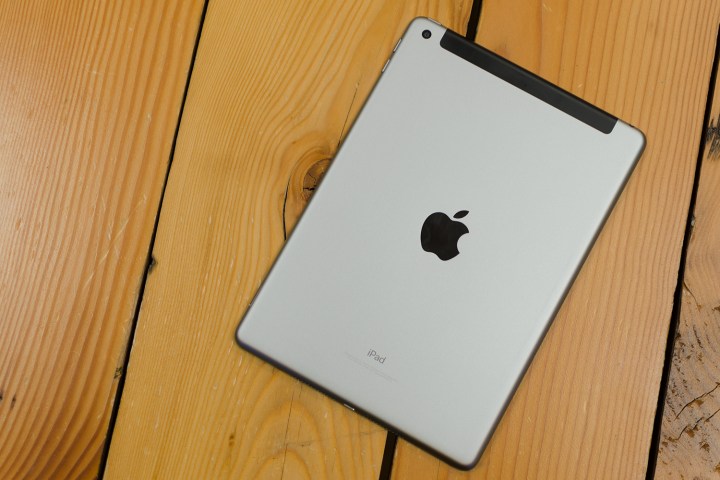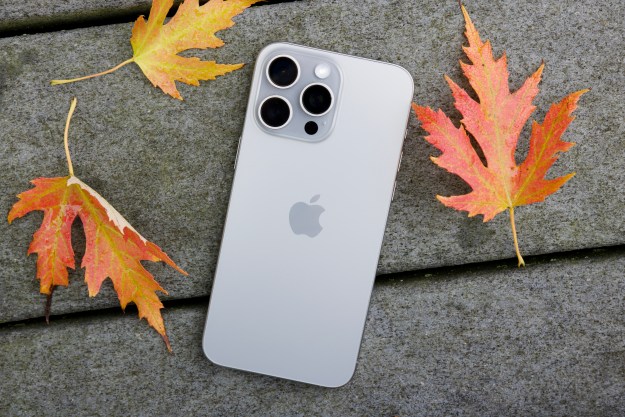
“Traditional supply chains are linear. Materials are mined, manufactured as products, and often end up in landfills after use,” the Apple report said. “We believe our goal should be a closed-loop supply chain, where products are built using only renewable resources or recycled material.”
Apple has already taken steps to achieve that goal. Apple now melts down some of the iPhone 6’s aluminum to make Mac mini computers, and tweaked the iPhone 7’s chemical formula to reduce the number of nonrecyclable components by 27 percent.
Earlier this year, the company moved to 100 percent recycled tin solder on the iPhone 6s main logic board, and has made improvements to the iPhone assembly process that cut greenhouse gas emissions by 60 percent. And for the first time, Apple is protecting enough sustainably managed forests in the U.S. and in China to “cover all of the packaging [it] use[s] in [its] products.”

Apple is also doubling down on its existing recycling programs. It’s expanding the use of Liam, a robot that’s able to disassemble products and recover recyclable components. And it’s actively encouraging customers to participate in the Apple Renew recycling program.
Those efforts dovetail with the company’s sustainability efforts. Apple said that seven of its major suppliers will switch to renewable energy by the end of next year, and it said that its own facilities, which include Apple’s stores, corporate offices, and data centers, run on 96 percent renewable energy (up from 93 percent the year before). Apple added that it’s committed to bring 4 gigawatts of renewable power — enough to power about 2.8 million homes — online by 2020, which it said will help reduce its manufacturing footprint.
Separately, Apple has made inroads in reducing its reliance on conflict minerals — raw materials such as tungsten, tantalum, and gold that originate from the war-torn Democratic Republic of the Congo (DRC) and adjacent countries. In March 2016, Apple announced that all 242 of the smelters and refiners that supply it with conflict minerals are a part of an auditing program conducted by the Conflict-Free Sourcing Initiative (CFSI), a third-party association.
“We’re actually doing something we rarely do, which is announce a goal before we’ve completely figured out how to do it,” Lisa Jackson, Apple’s vice president of Environment, Policy, and Social Initiatives and a former head of the Environmental Protection Agency, told Vice News. “We’re challenging ourselves to one day end our reliance on mining altogether.”
Editors' Recommendations
- Nomad’s new iPhone case and Apple Watch band may be its coolest yet
- Your iPhone just got a new iOS update, and you should download it right now
- How to turn your old phone into a security camera
- Apple is updating one of the oldest apps on your iPhone
- Here are Apple’s secret plans for adding AI to your iPhone


